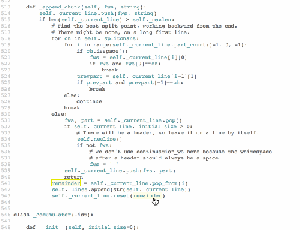I want to discuss what’s introduced in Section 2.1.3 of SICP, because I think it’s a really important concept.
When we think of data in typical CS and IT settings, we think of strings and numbers, tables, column names (or a reference from an ordinal value), XML, etc. We think of things like “Item #63A955F006-006”, “Customer name: Barbara Owens”, “Invoice total: $2,336.00”.
How do we access that data? We typically use SQL, either directly or through stored procedures, using relations to serialize/deserialize data to/from a persistence engine that uses indexing (an RDBMS). This returns an organized series of strings and numbers, which are then typically organized into objects for a time by the programmer, or a framework. And then data is input into them, and/or extracted from them to display. We send data over a network, or put it into the persistence engine. Data goes back and forth between containers…
View original post 2,498 剩余字数
